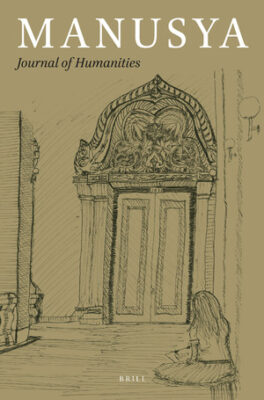Gender is a quintessential issue in Asian American literature, since Asian Americans are seen as weak with feminine qualities, according to the Western colonial concept. This paper examines Korean American women’s power through an analysis of Hongyong, the female protagonist in Helie Lee’s Still Life with Rice, who survives Japanese colonization in Korea and the Korean War and finally starts her new life as a Korean American woman in the United States. Hongyong goes beyond the concept of patriarchy in Korea and rescues herself and her family with her intelligence, determination, power, and bravery. As an Asian woman who successfully resettles in the United States, her achievement refutes the Western colonial concept which double-feminizes Asian women and the binary concept about the West and the East. Through Hongyong, the image of Korean American women, as part of Asian American women, is transformed from weak and powerless to strong and powerful.
Articulating Korean American Women’s Power Amidst Conflicts of Colonialism and War in Helie Lee’s Still Life with Rice
Keywords
Korean American literature; women’s writing; Korean women’s power
Abstract
DOI
- Issue: Vol 25
section: Articles
section: Articles

